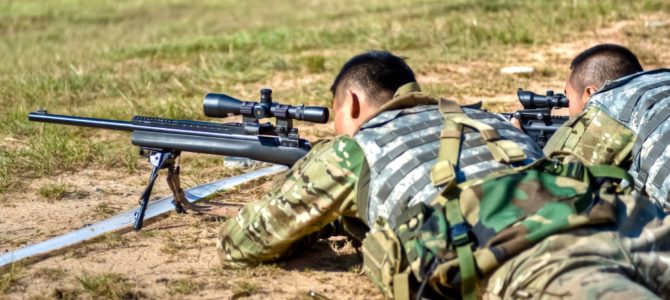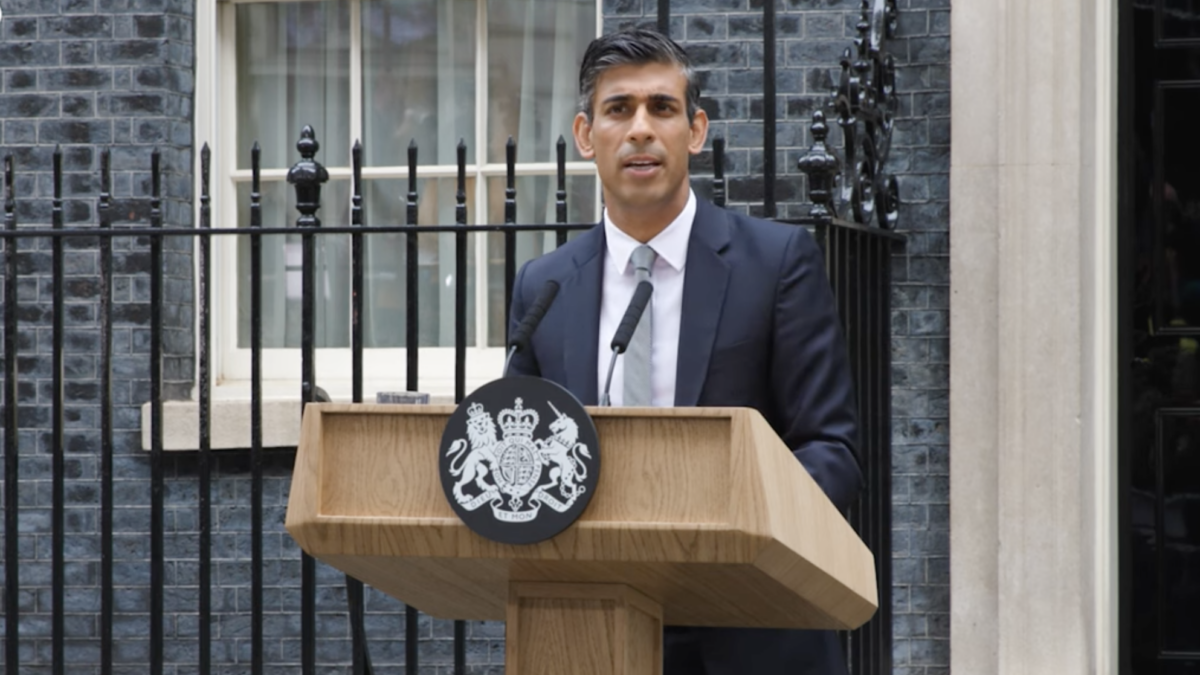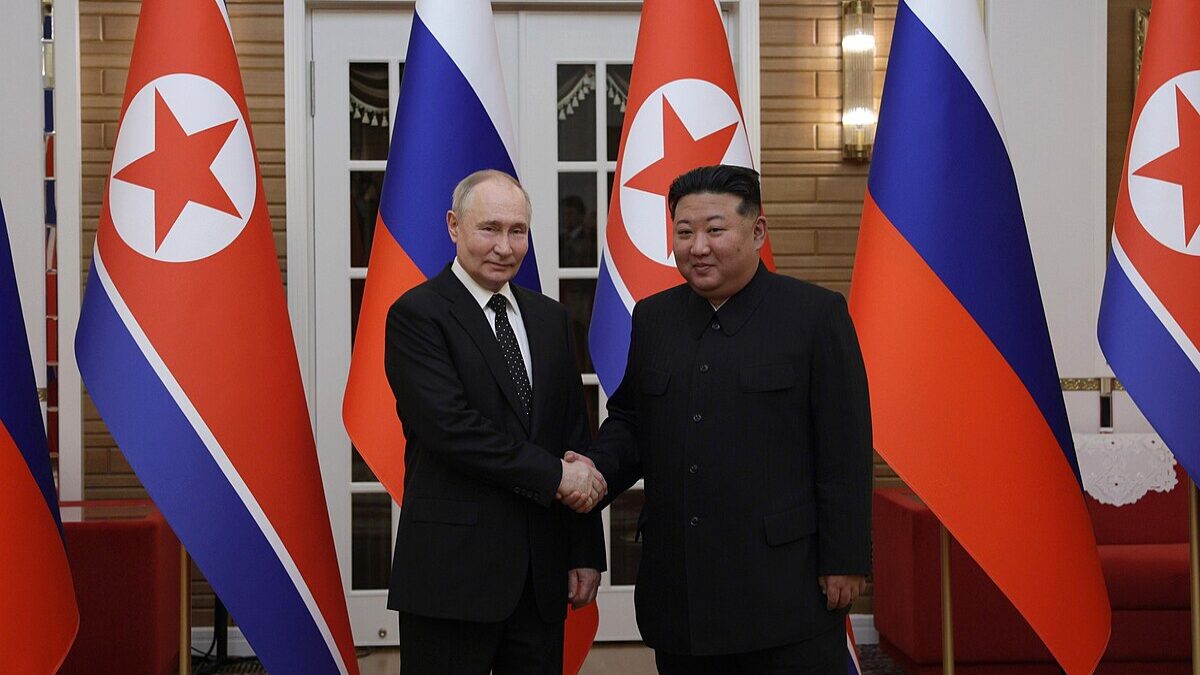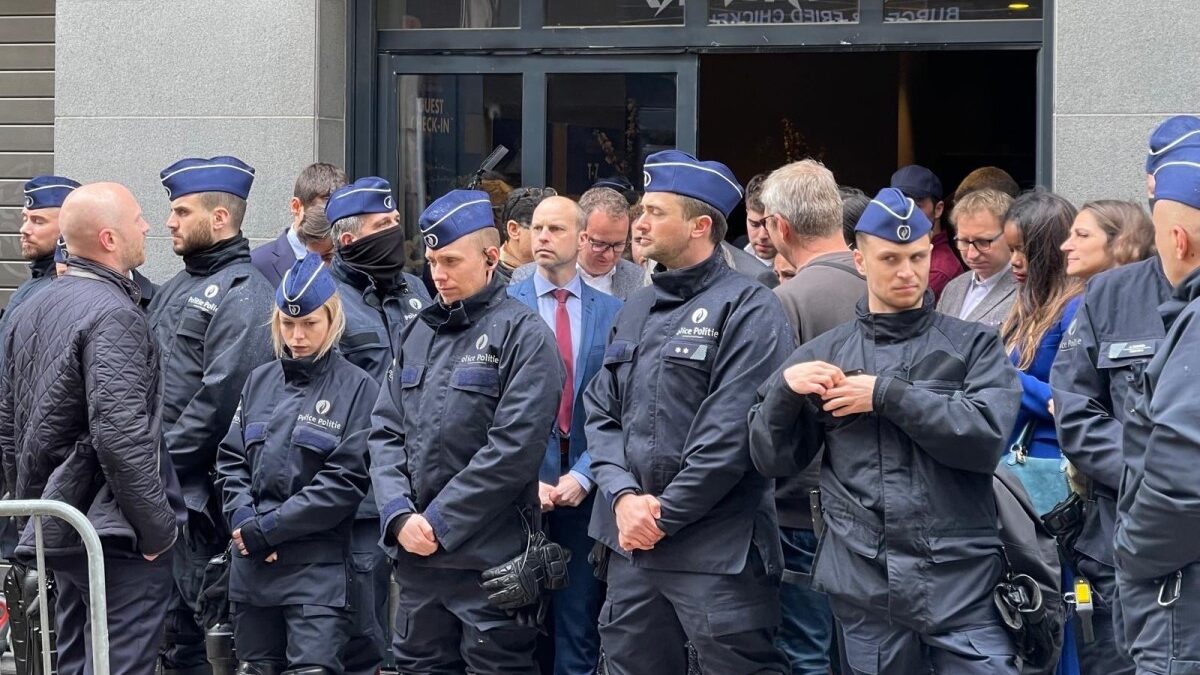
Taiwan is a self-ruled democratic republic of almost 24 million people and one of the freest nations on the planet. Unfortunately for Taiwan, it sits some 90 miles away from the People’s Republic of China across the Taiwan Strait.
The 1.4 billion people of the PRC are ruled by the Chinese Communist Party in a one-party totalitarian state under Chairman Xi Jinping. For more than a generation, the PRC has considered Taiwan a renegade province to be retaken, by force if needed.
Over the past two years, Taiwan’s determination to maintain its defenses was boosted as it watched the PRC violate its international agreements promising to maintain Hong Kong’s “One Country, Two Systems” arrangement. This recent absorption of Hong Kong into the PRC with little in the way of consequential international condemnation reaffirmed to Taiwan that Beijing cannot be trusted, while potentially signaling to the CCP it might do the same to Taiwan with fewer negative ramifications than previously anticipated.
Indeed, witnessing Hong Kong’s loss of freedom at the hands of the PRC accelerated a long-term trend of increasing Taiwanese nationalism. Today, 83 percent of Taiwanese, a record high, view themselves as uniquely “Taiwanese” and not “Chinese” or both. Relatedly, 77.6 percent of Taiwanese said they would fight for their freedom should the PRC invade Taiwan.
A willingness to fight and actually fighting are two entirely different things, however. Taiwan’s active-duty military stands at about 165,000 with another 1.7 million reservists. This is down considerably from 2014, when Taiwan’s active force was about 290,000, reflecting a shift away from a reliance on conscripts to an all-volunteer force.
On paper, Taiwan’s reserve strength appears impressive. But it has fundamental weaknesses that render it vulnerable in the most likely scenarios Taiwan may face when defending itself against a vengeful PRC led by the Chinese Communist Party.
Woefully Inadequate Training
In an announcement made three months ago, Taiwan’s military command said it will call up its reservists for two weeks of training every year, but only as a test for 3,000 reservists before a full-scale launch by 2024. Today, a portion of the 770,000 military reservists who left active duty within eight the past years receive only five to seven days of training every other year.
By comparison, in the United States, the 535,000 soldiers in the U.S. Army Reserve and Army National Guard train a minimum of 38 to 39 days a year. Many soldiers serve more than that as they prepare for mobilization or attend specialty and leadership courses. As such, Taiwan’s reservists today receive about 8 percent of the annual training their U.S. Army counterparts. By 2024, if Taiwan’s program to increase training is implemented, Taiwanese reservists will train about 36 percent as much as do American reservists.
This is simply not enough training. When reservists receive well-planned and realistic military training, their proficiency and morale improve. Just as important, when a larger segment of the community — professionals, business people, and workers — are seen preparing to defend the nation, it also galvanizes the public.
To be sure, training and equipment are of vital importance to the effectiveness of a reserve force, yet military doctrine is crucial as well. America has the luxury of strategic depth. Its reserve forces have the gift of time in that most major conflicts requiring their mobilization will develop overseas. This allows for an orderly and considered mobilization and train-up period before deployment.
Taiwan does not have the luxury of time. The PRC can initiate hostilities in minutes, bringing the entirety of Taiwan under intense missile fire and airstrikes. Furthermore, the PRC’s battle plans likely include a focus on Taiwan’s command, control, and communications systems. The ability for Taiwan’s government to call up its reserves and deploy them in a meaningful way will be extremely difficult in a conflict. In short, it is quite doubtful Taiwan’s reserves will provide any militarily significant contribution in the decisive first ten days of battle.
On the contrary, early mobilization of Taiwan’s reserve forces based on intelligence warnings and indicators on an impending PRC attack will be politically problematic. As CCP General Secretary Xi has ordered his military forces to ramp up air and naval operations in and around the Taiwan Strait, the heightened threat posture reduces Taiwan’s reaction time while deadening Taiwan’s military leadership to an imminent attack (something Egypt successfully did to Israel in the six months leading up to the 1973 Yom Kippur War).
Why Reorganizations is Needed
The PRC’s increased operational tempo also produces a “psychological attack” effect against Taiwan. This psychological warfare intends to reduce Taiwan’s will to fight, although the opposite can occur as well as a nation rises to meet the threat.
Were Taiwan’s civilian leadership to consider mobilizing the reserves, there would be tremendous pressure from the island’s business community not to disrupt its workforce or the markets. The political ramifications could be severe as well.
Yet there is a much better way for Taiwan to organize its reserves if Taiwan is willing to have a sharp break from its past. Previously, the Nationalist military from mainland China was viewed by many native Taiwanese as an occupying force at the same time Chiang Kai-shek’s army viewed much of the populace as untrustworthy. Understandably, this led to a system that eschewed local defense organizations since those organizations could become the seeds of rebellion.
Since the sense of Taiwanese identity has grown, the chance of a decentralized reserve system becoming a threat to the government is minimal, although vetting would be needed to prevent PRC sympathizers from gaining operational control of a local Guard unit.
As a result, Taiwan should immediately consider establishing an Army National Guard-like reserve model. As in America, this model would feature local armories housing platoons (40-50 personnel), companies (120 to 200), as well as battalion and brigade headquarters. Frequent training would be conducted in the armories, where virtual training equipment would be located. The facilities would also prove useful in recruiting as well as in responding to natural disasters.
Preparing for the Worst
Each local Taiwan Guard unit would be made responsible for defending key points and infrastructure upon mobilization or at the first sign of an attack by the PRC. Taiwan’s geography has long been assumed to be a force multiplier that favors the defense, something that became increasingly clear during an extensive map exercise and war game I designed for Taiwan as part of my research to write my book, “China Attacks.”
In the event of a surprise attack, Taiwanese Guard soldiers would self-report without orders. Units would be equipped as infantry taskforces with rifles, mortars, antitank missiles, antiaircraft missiles, UAVs, communications gear (including the ability to upload live feeds via satellite), and older armored vehicles.
Even if half these units were to successfully mobilize and take up defensive positions, it would greatly complicate the goal of the People’s Liberation Army to rapidly defeat Taiwan’s active army after a successful amphibious and airborne assault. As a conflict progressed, these local units could be aggregated into larger maneuver units, either as part of the Taiwan Guard or active duty elements.
Due to the growing PRC missile threat, however, an armory’s weapons and equipment would be vulnerable to destruction at the onset of an attack. A solution to this would be to use mobile storage safes or armored carriers.
For instance, rifles would be stored in one container while rifle bolts and ammunition would be stored in the other with separate keys, or combinations, needed to unlock both. This would make it more difficult for the small full-time cadre — typically, two to four personnel — to be overpowered by criminal elements intent on stealing military hardware. At the same time, it would make it nearly impossible for the PRC to destroy the essential equipment of the reserves in the opening moves of an attack.
Lastly, a Taiwan Guard initiative could benefit from an international exchange program started in 1993 as the Cold War ended. The State Partnership Program paired state National Guard commands with counterparts in Central and Eastern Europe.
For instance, during my service as an intelligence officer in the California Army National Guard, I had the opportunity to train with counterparts from Ukraine. Ukraine sent its reservists to California to train and the California Guard sent its Guard members to Ukraine. Furthermore, the use of citizen soldiers in this capacity would be less provocative than an active-duty exchange while at the same time providing confidence to the Taiwanese of the utility of a professionally trained reserve force.
The opening days of a PRC attempt to conquer Taiwan will be critical. Signs of successful resistance, broadcast both internally and internationally, will largely shape the domestic will to fight as well as the international willingness to come to Taiwan’s aid.
If Taiwan survives its encounter with the PRC, the potential for unrest in mainland China would be extreme. A viable Taiwan Guard force would serve as a strong deterrent to the Chinese Communist Party’s aggressive designs aimed at snuffing out Taiwan’s vibrant democracy.









